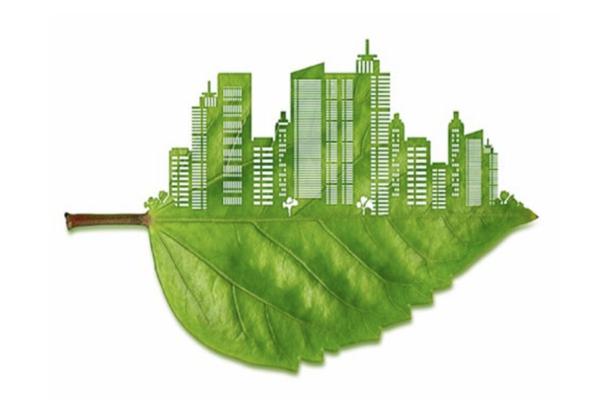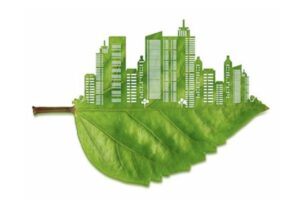Where Do Building Material Tests Play a Vital Role in Green Construction?
As green construction shifts from trend to standard, the role of material testing1 becomes more critical than ever. Sustainable building isn’t just about using eco-labels—it’s about proving that materials are safe, low-impact, and truly green2. This is where building material tests step in, offering solid data to back up environmental claims and supporting the global move toward energy-efficient, healthy, and responsible construction3.
Sustainability-Focused Tests for Eco-Friendly Building Materials
Green construction prioritizes materials that are non-toxic, low-impact, and durable4. To validate these traits, testing focuses on recyclability, embodied energy, biodegradability, and environmental impact5.
Common Sustainability Tests:
- Life Cycle Assessment (LCA): Evaluates environmental impact from cradle to grave.
- Embodied Carbon Analysis: Measures greenhouse gas emissions linked to material production.
- Biodegradability Testing: Ensures breakdown without harmful residues.
- Toxic Leaching Tests: Confirms safety of recycled or reclaimed materials.
| Test Type | Purpose |
|---|---|
| LCA (ISO 14040 series) | Determines full environmental footprint |
| Embodied Carbon Assessment | Quantifies carbon emissions per unit material |
| Leachate Testing (EPA 1311) | Assesses environmental safety during disposal |
By verifying these metrics, testing supports data-backed decisions in material selection—key for sustainable project success.

VOC Emission Testing in Green Building Interiors
Indoor air quality is a top concern in green buildings, and Volatile Organic Compounds (VOCs)6 are a major source of pollutants. Building material tests help detect VOC emissions from paints, adhesives, flooring, and insulation7.
VOC Testing Standards:
- ISO 16000 Series: Indoor air measurement of formaldehyde and other VOCs.
- ASTM D5116: Evaluates VOCs emitted from building materials in a small-scale chamber.
- California Section 01350: Sets limits for acceptable emissions in schools and commercial interiors.
| Material | Test Type | Why It’s Important |
|---|---|---|
| Paints and sealants | VOC chamber testing | Ensures safe breathing air in enclosed spaces |
| Flooring | ISO 16000-9 testing | Prevents long-term chemical exposure |
| Furniture & panels | Formaldehyde emission testing | Supports health-focused design |
VOC testing ensures healthy interiors, aligned with LEED, WELL, and BREEAM certification criteria.

Renewable Material Testing Standards in Green Construction
Renewable materials like bamboo, straw panels, hempcrete, and wood composites are becoming more common in sustainable design—but their performance must be tested just like conventional materials.
Key Testing Considerations:
- Moisture resistance to avoid degradation in natural fibers.
- Mechanical strength for load-bearing applications.
- Fire resistance for compliance in structural and envelope use.
- Pest and mold resistance for longevity.
| Material | Test Focus | Standard/Method |
|---|---|---|
| Bamboo | Compression, moisture, fire | ASTM D1037, ISO 22157 |
| Hempcrete | Thermal conductivity, density | ASTM C518, BS EN 459 |
| Straw panels | Mold growth, shear strength | ASTM D3273, ASTM E72 |
Proper testing allows architects and engineers to confidently use renewable materials in both structural and finishing roles.

Benefits of Material Testing in Achieving Green Building Certifications
Testing is the backbone of green building certification. Programs like LEED, BREEAM, WELL, and Green Star rely on documented evidence—often provided through lab tests—to assign sustainability points.
How Testing Supports Certification:
- Validates low emissions for indoor environmental quality (EQ).
- Confirms recycled or rapidly renewable content for material credits.
- Provides EPDs (Environmental Product Declarations) to document sustainability attributes.
- Supports innovation points by demonstrating new material performance.
| Certification Category | Linked Testing Requirement |
|---|---|
| LEED v4 – Materials & Resources | EPDs, recycled content, low VOC testing |
| WELL – Air and Materials | VOC and formaldehyde emission tests |
| BREEAM – Health & Wellbeing | Indoor air and durability validation |
Testing doesn’t just prove compliance—it opens pathways to greater recognition and funding through certified sustainability.

Conclusion
In green construction, materials must be proven—not just promised. Building material tests play a vital role in ensuring products are safe, sustainable, and high-performing. From reducing carbon footprints to enhancing indoor air quality, testing empowers designers, contractors, and certifiers to build structures that are better for people and the planet.
-
Understanding material testing is essential for ensuring safety and sustainability in construction. Explore this link to learn more. ↩
-
Learn about the methods and standards used to verify the safety and sustainability of building materials, crucial for eco-conscious construction. ↩
-
Discover the key principles of sustainable construction practices that promote health and efficiency. This resource is invaluable for builders and architects. ↩
-
Exploring this resource will provide insights into sustainable building practices and their positive effects on health and the environment. ↩
-
This link will help you understand the critical factors in choosing sustainable materials for construction projects. ↩
-
Understanding VOCs is crucial for improving indoor air quality in green buildings. Explore this link to learn more about their effects and solutions. ↩
-
These materials can significantly impact air quality. Discover how to choose safer options for healthier indoor environments. ↩






